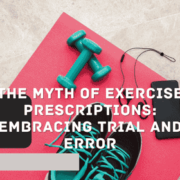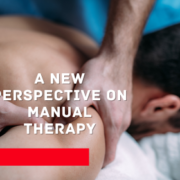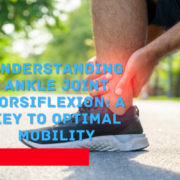Neglected evaluations for older adults’ exercise prescription
Physical therapists are encountering more and more older persons who have problems with weakness, poor balance, and overall deconditioning. Our older adult customers have particular demands that call for certain evaluation techniques when creating fitness programmes. Here, we’ll go through several missed evaluations that can help you provide better care for elderly people.
Please take note that this list is not exhaustive. We won’t go over popular assessments like the 30-second sit-to-stand exam or timed single-leg balance checks. Instead, this list concentrates on important tests that many practitioners overlook AND need little room and equipment, which is a problem in many outpatient clinics.
These evaluations focus on four main areas: balance, muscular strength, and strength and endurance.
Muscle power

Courtsey: Google
1) Power test for climbing four stairs
Muscle power loss is a typical problem in elderly people, and it is closely tied to a reduction in functional mobility. Some tests, like the 30-second sit-to-stand test, also measure other traits including physical stamina and respiratory power. Because of this, it may be difficult to assess how much a client’s movement is restricted by muscular power.
The 4-Stair Climb Power Test is a simple, low-tech way to evaluate lower extremity strength (1). The client is just required to climb four stairs as swiftly as they can (using a railing if necessary) in this test, which is a condensed version of the Stair Climb Power Test. The 4-Stair Climb strength Test is helpful for measuring advancement on functional activities like stair negotiating as well as monitoring muscular strength.
Strength and Endurance of the muscles
2) Single-leg heel rise
Plantar flexor strength and endurance are often overlooked when measuring the gross lower extremity strength and endurance of older persons. In older persons, gait and balance skills are closely related to plantar flexion strength and endurance (2). We need more than just manual muscle testing (MMT) to assess plantar flexor performance. The short lever arm of MMT makes it difficult for many people to detect functional insufficiency in the plantar flexors since these muscles are typically robust.
Instead, we may use the single leg heel rise test, in which the client must do single leg heel rises at a pace of one per second until they are unsuccessful. This exam provides normative data that is age and sex matched, which may help you and your client create goals.
This content is private. please select our membership plan to unlock the private content features.
And unlock the content.








